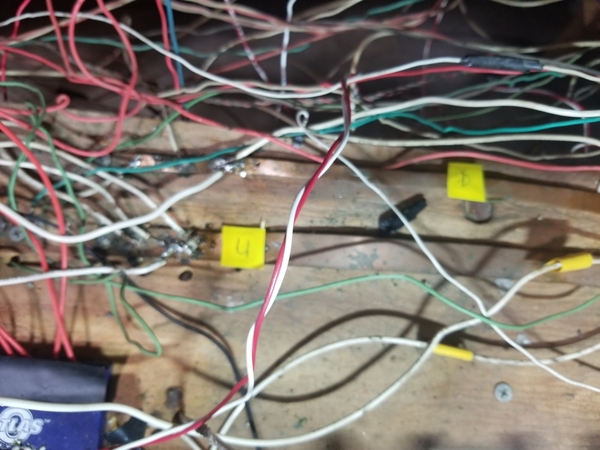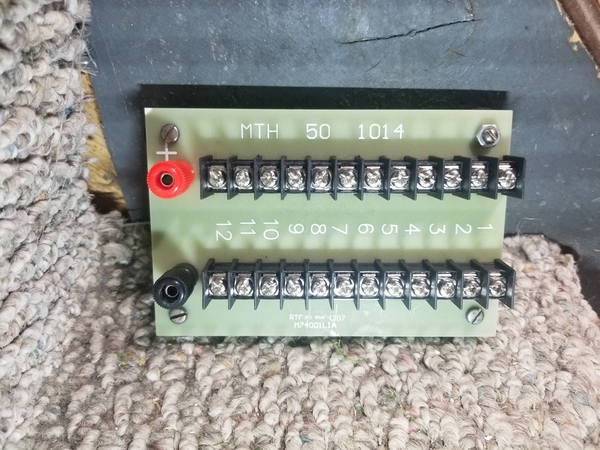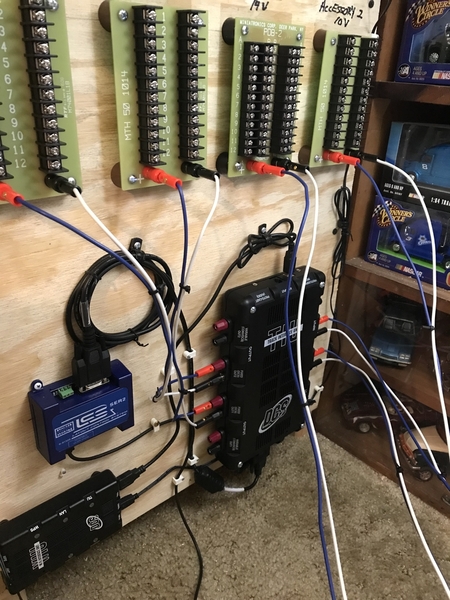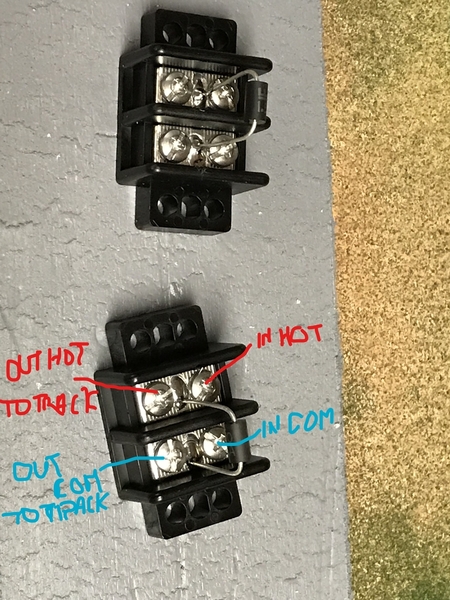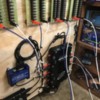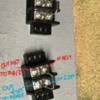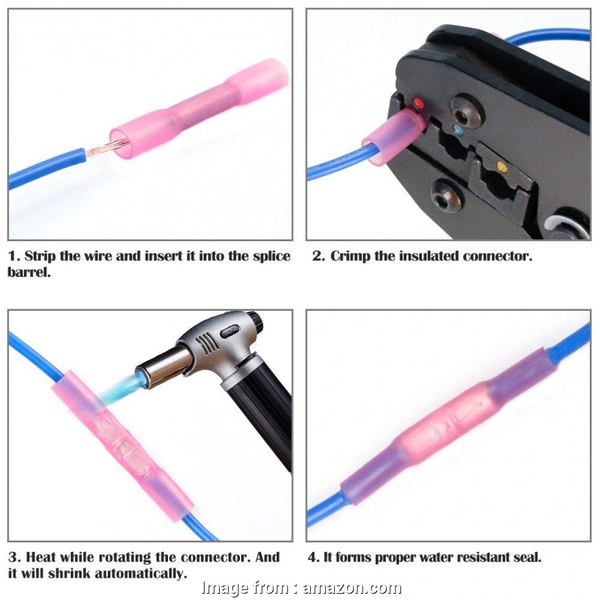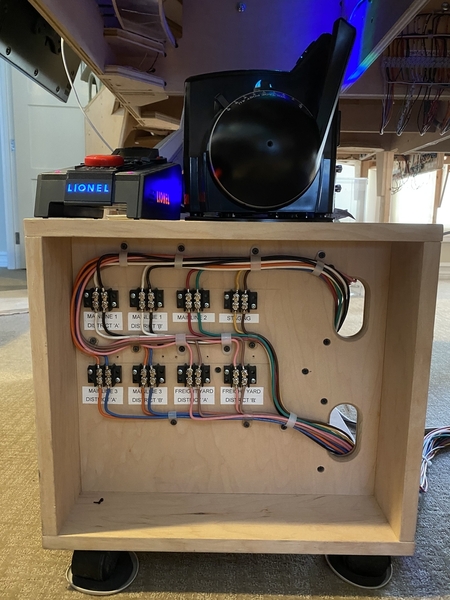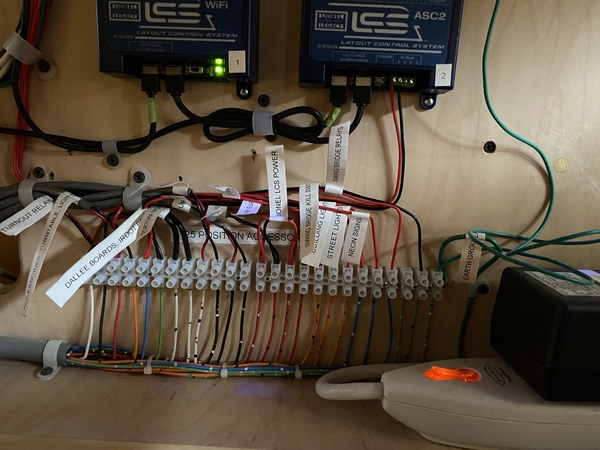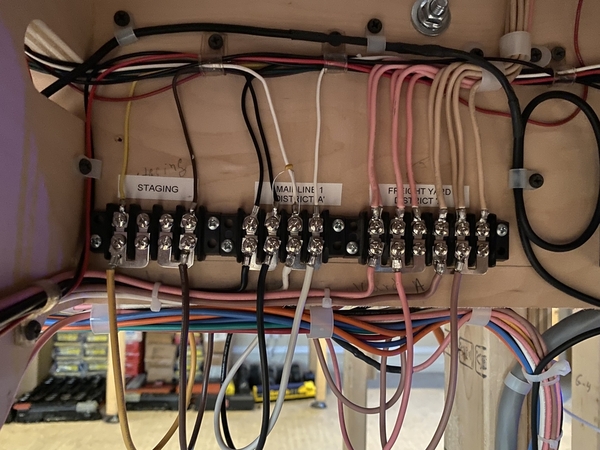What I'm about to describe is, for me, the most challenging model railroad project I have undertaken in 25 years.
First, I will describe what I currently have.
My current wiring system was of my own invention.
My O Gauge Postwar tubular track layout with O22 switches is long and narrow: 35 feet long, 3 to 4 feet wide, around 3 of the 4 walls in the playroom and laundry room of my basement.
It is powered by an MTH Z4000 to power the 2 interconnected and independently powered main lines (left throttle for inner loop and right throttle for longer outer loop), and another Z4000 to power the independently powered 9 sidings using heavy duty O scale Atlas switches to turn each siding on and off. I have a ZW to power the sixteen O22 switches, and another ZW to power the numerous Postwar accessories.
I have hooked up the MTH DCS remote system to the 2 main lines and 9 sidings, and love DCS.
I run Postwar and Proto 1 engines conventionally, Proto 2 and 3 engines using DCS, and several LionChief Plus and 1 Legacy using the LionChief dedicated remotes or universal remote.
Here is my invention. I have many feeder wires going to every few feet of track of the 2 main lines. In order to connect these feeder wires to the U (Common) and A and D (Hot) transformer terminals, I installed bare copper strips (each one about 12 inches long and one-half inch wide) in front of the Z4000 transformers. A short 16 gauge solid copper wire is connected to the appropriate transformer terminal on one end and soldered to the appropriate copper strip on the other end.
Here is a photo of my invention:
It's obviously a rat's nest, which needs to be organized, but at the outset I am interested in your opinions regarding the use of the copper strips. The one on top is wired to the D terminal (left throttle) of a Z4000 (hot rail for inner main line loop) and the bottom copper strip is wired to the U or Common terminal of the same Z4000.
First question, and I have several, is should I continue with my copper strip approach or use an MTH terminal block, shown below:
Next question is about the feeder wires from the copper strip (or terminal block) to the numerous track lock-ons: should I keep my currently used 16 gauge solid copper feeder wires or replace them with 14 gauge stranded copper feeder wires? Keeping my currently used feeder wires will save much time and some money, and the 16 gauge solid wires fit (barely) into the lock-ons. Lowes near me has no 16 gauge wire and no bare wire. If I change the feeder wires to 14 gauge copper stranded, which Lowes has, will such thick wire fit into the lock-ons?
I know soldering wire to the track is better than lock-ons, and although I can solder, I'm not crazy about doing it.
If I go with the Terminal Blocks, which I have, I will also solder spade locks on the end of each feeder wire that is attached to the terminal block.
I'm 90% sure I know the answers to the above questions, but before I embark on this project, which is overwhelming for me, I thought it best to get some feedback by asking them on this forum. Arnold




